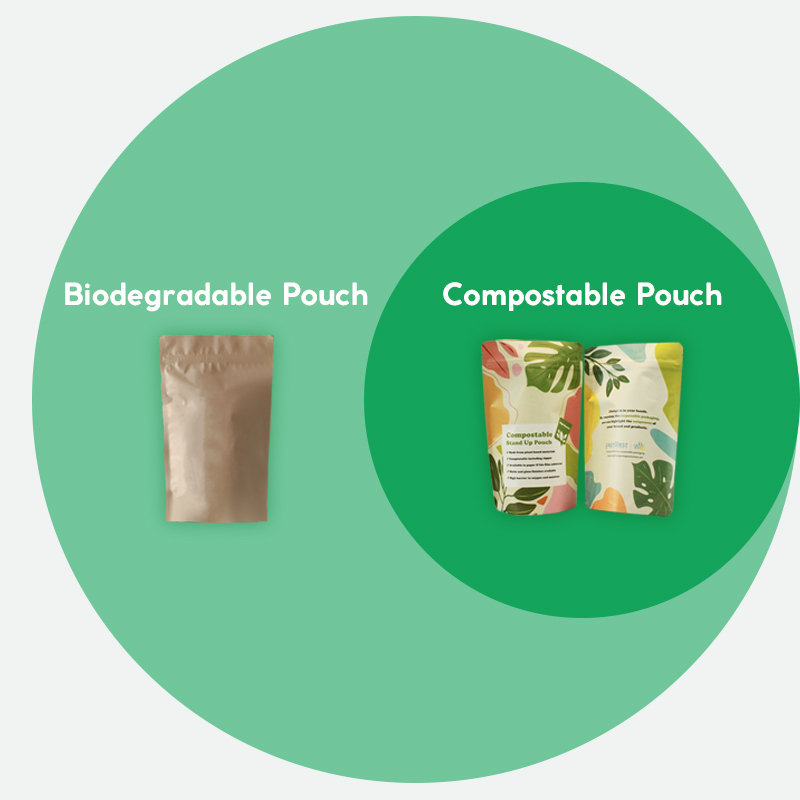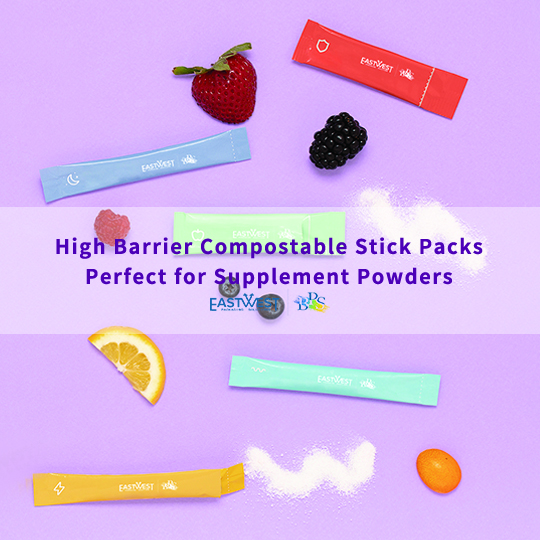What Is Flexible Packaging?
Flexible packaging is an eco-friendly packaging alternative to the large plastic tubs commonly found in the protein industry (also known as “rigid” packaging). Flexible packaging stems from easily pliable materials using any combination of paper, plastic film, or foil. When filled, the pouches can readily change shape.
Historically, the shift has been from glass to rigid plastic to reduce weight and shipping costs. Now, there is an increasing trend towards flexible packaging alternatives, particularly in the food (food packaging bags) and beverage industry (beverage packaging), due to the environmental & sustainability benefits.
Rigid packaging is just that, stiff and hard. More from dense materials such as hard plastics, rigid containers are typically molded or blown to a shape that, without permanent deformation, is not flexible when you think of rigid packaging.
Like most plastics, rigid protein tubs originate from a petroleum derivative commonly known as High-Density Poly Ethylene (HDPE), a thermoplastic polymer. It is one of the more versatile plastic materials making it a common packaging choice in the industry. In addition to protein tubs, HDPE is everywhere within the food and healthcare industry, providing the transport protection everything from jugs to shampoo bottles.
Environmental Benefits of Flexible Packaging
In terms of the “total life cycle” of flexible packaging, from initial production to the landfill, the environmental benefits greatly outweigh the typical rigid, hard plastic containers.
------------------------
Contact BPS Team: inquiry@bestpackagesolutions.net
Let’s make your product stand out in any where!

 Eco-Friendly Packaging Materials The Next Wave in Sustainable Design, Right at Your Fingertips!
Eco-Friendly Packaging Materials The Next Wave in Sustainable Design, Right at Your Fingertips!
 Interested in Elevating Your Packaging to the New Height?
Interested in Elevating Your Packaging to the New Height?
 Compostable vs Biodegradable: Which Pouch is Best for the Environment?
Compostable vs Biodegradable: Which Pouch is Best for the Environment?
 Compostable Stick Packs for Supplement Powder
Compostable Stick Packs for Supplement Powder